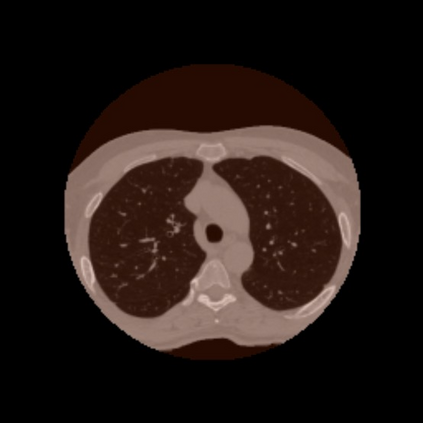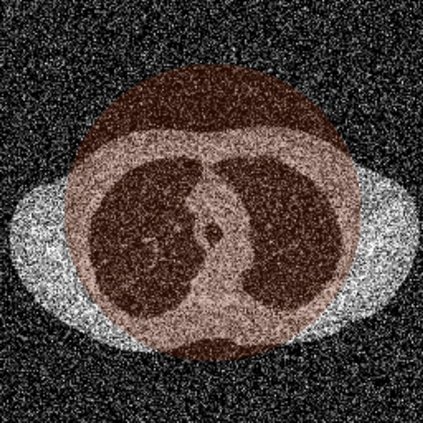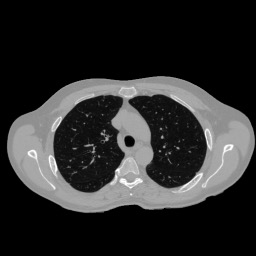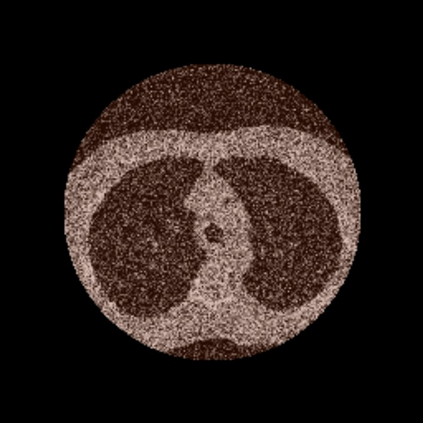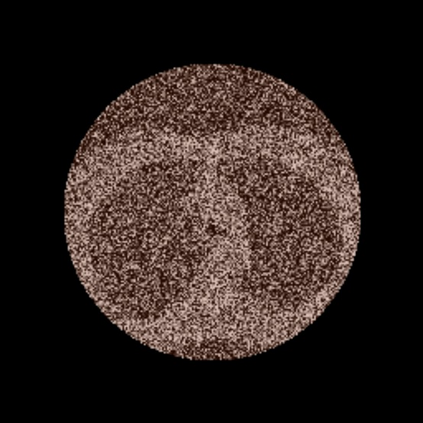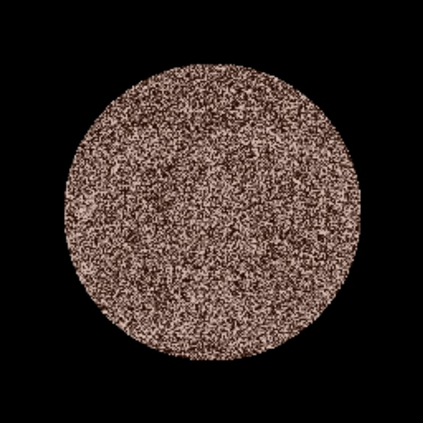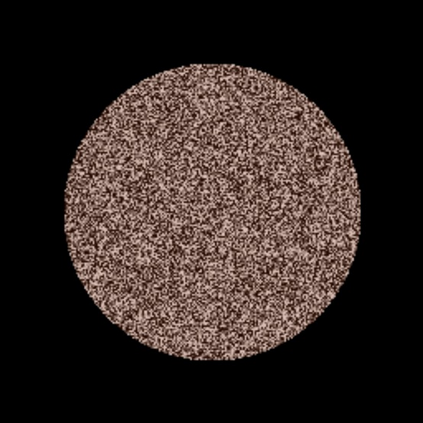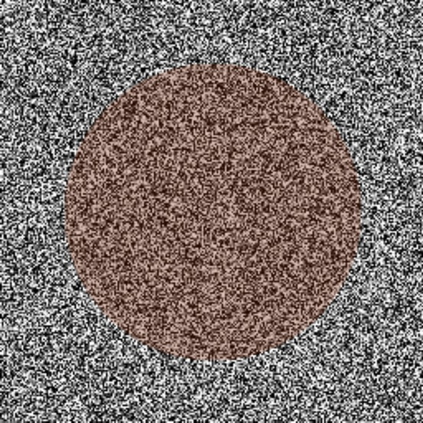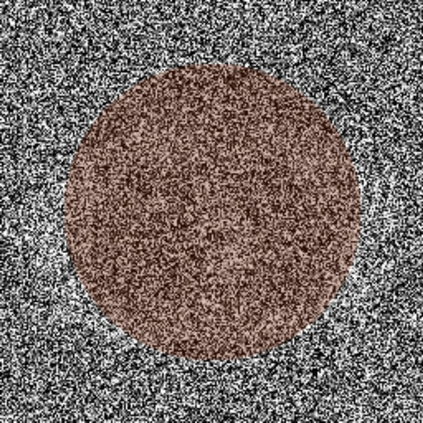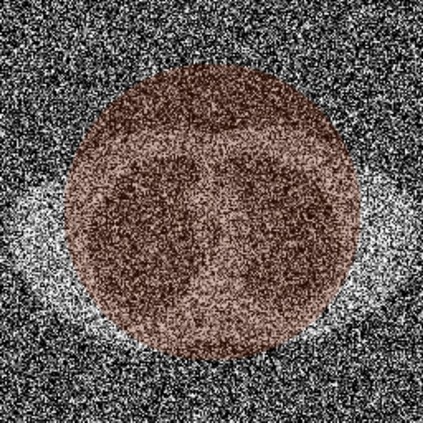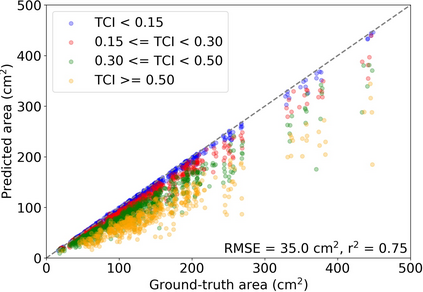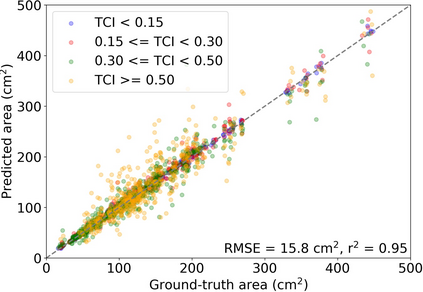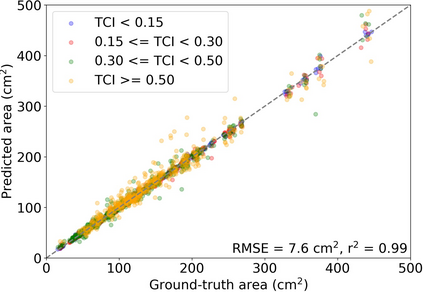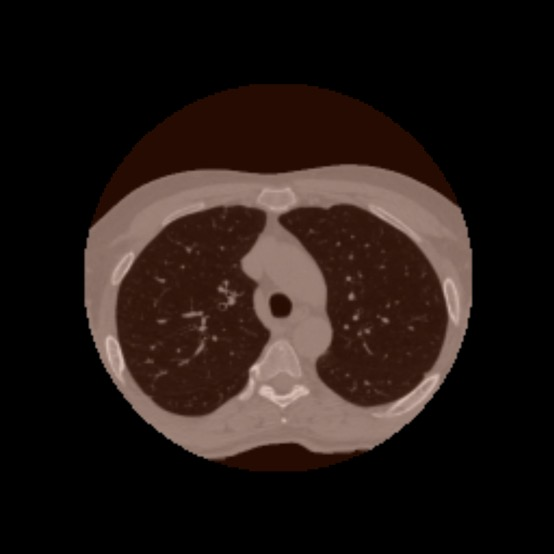Anatomically consistent field-of-view (FOV) completion to recover truncated body sections has important applications in quantitative analyses of computed tomography (CT) with limited FOV. Existing solution based on conditional generative models relies on the fidelity of synthetic truncation patterns at training phase, which poses limitations for the generalizability of the method to potential unknown types of truncation. In this study, we evaluate a zero-shot method based on a pretrained unconditional generative diffusion prior, where truncation pattern with arbitrary forms can be specified at inference phase. In evaluation on simulated chest CT slices with synthetic FOV truncation, the method is capable of recovering anatomically consistent body sections and subcutaneous adipose tissue measurement error caused by FOV truncation. However, the correction accuracy is inferior to the conditionally trained counterpart.
翻译:按比例一致的FOV完成可以恢复被截断的身体部位,对于受限FOV的计算机断层扫描(CT)进行定量分析具有重要应用。 现有的基于条件生成模型的解决方案依赖于训练阶段合成截断模式的保真度,这为该方法的泛化能力到未知类型的截断带来了限制。 在这项研究中,我们评估了一种基于预训练的无条件生成扩散优先的零样本方法,在推理阶段可以指定任意形式的截断模式。 通过在模拟胸部CT切片上进行评估,该方法能够恢复按比例一致的身体部位和由FOV截断引起的皮下脂肪组织测量误差。 然而,纠正精度不如有条件的训练对照组。

